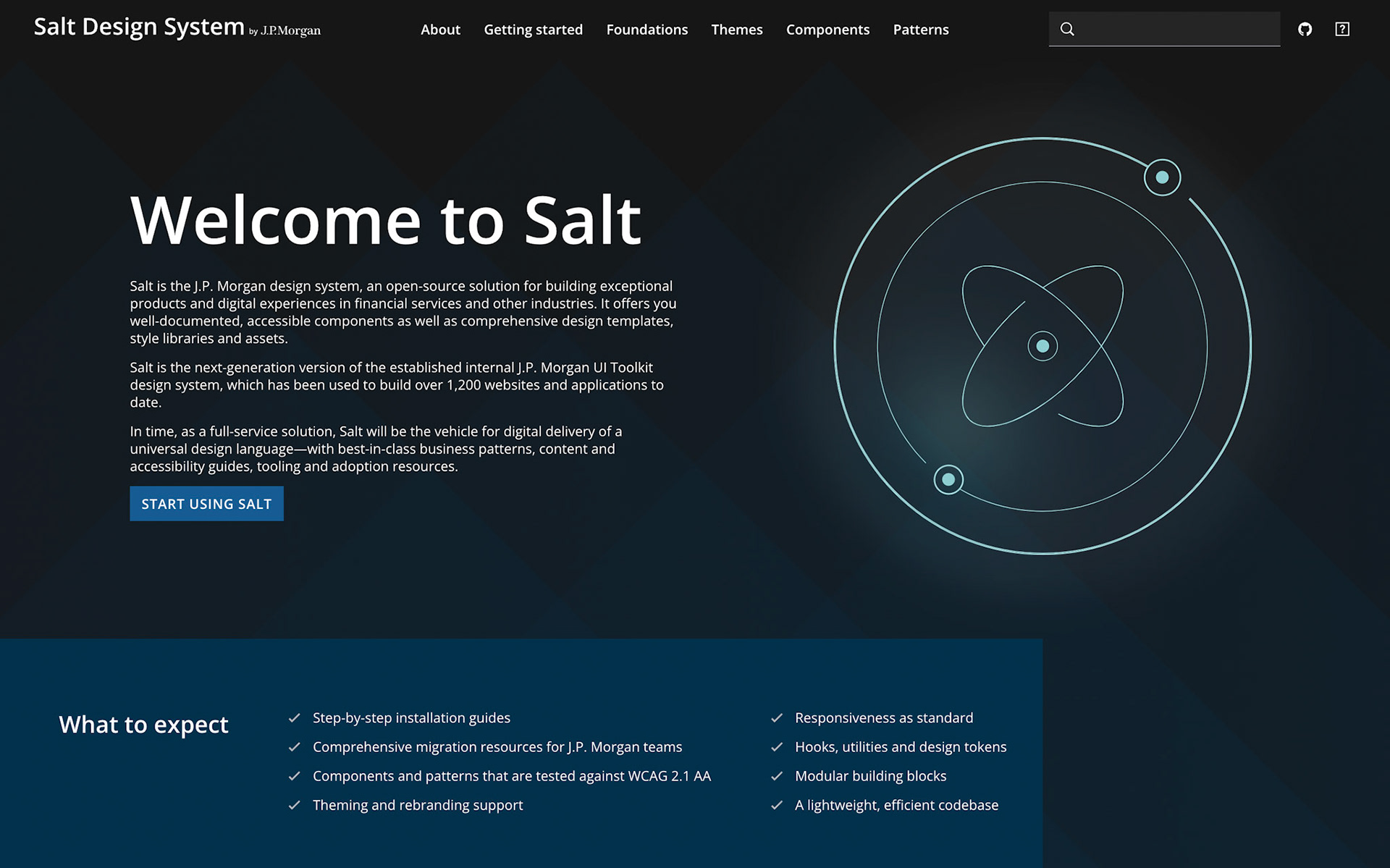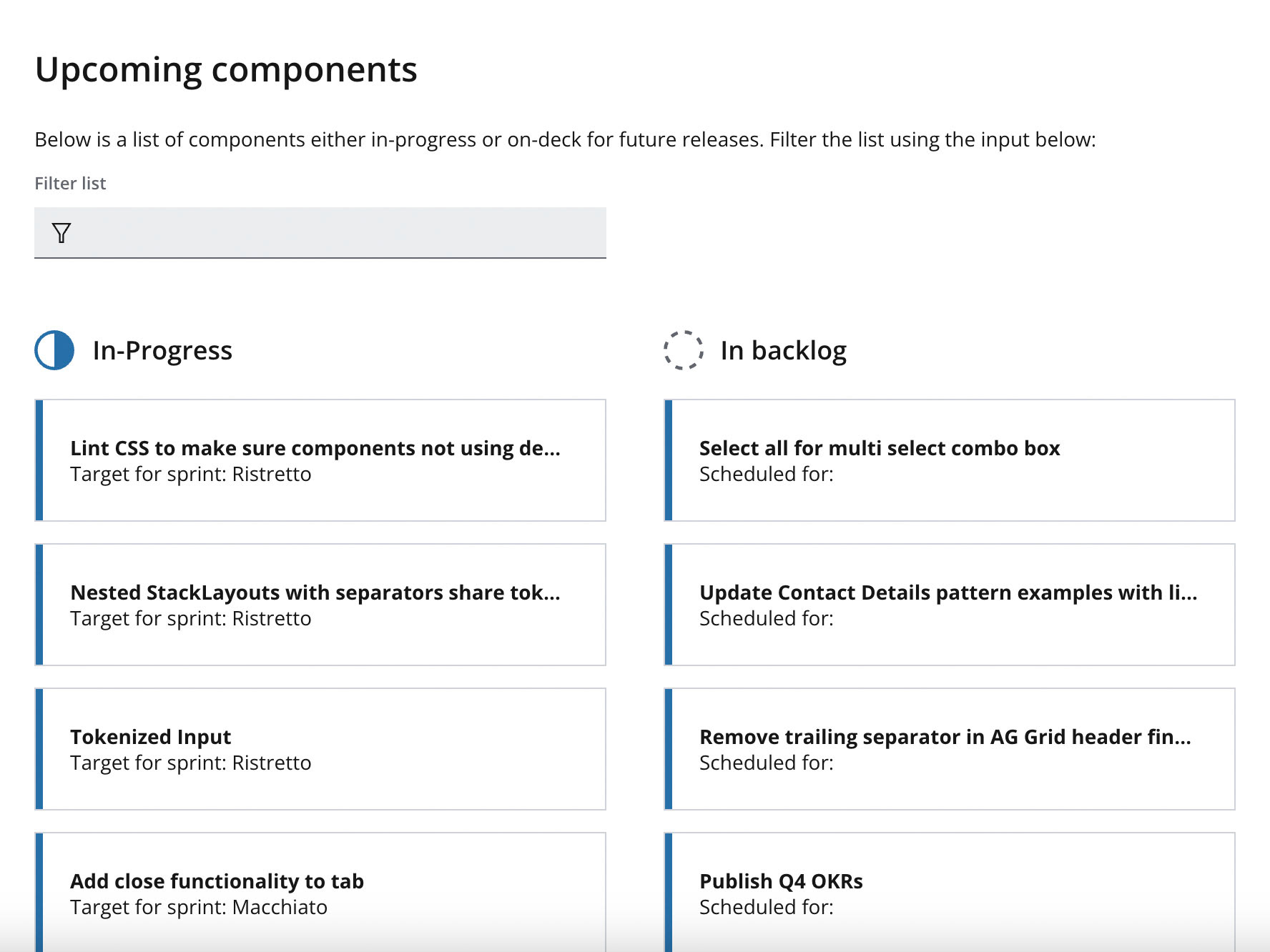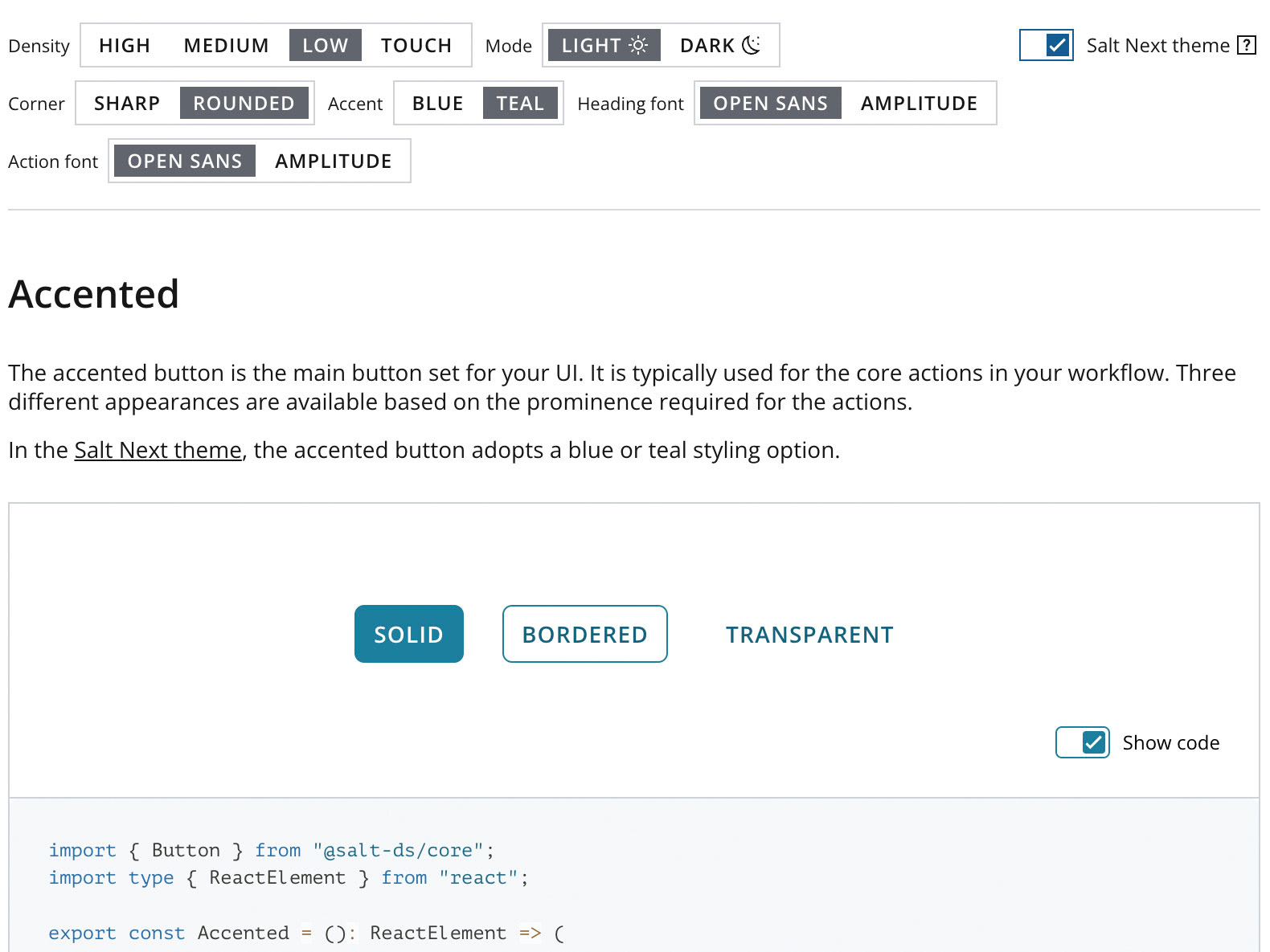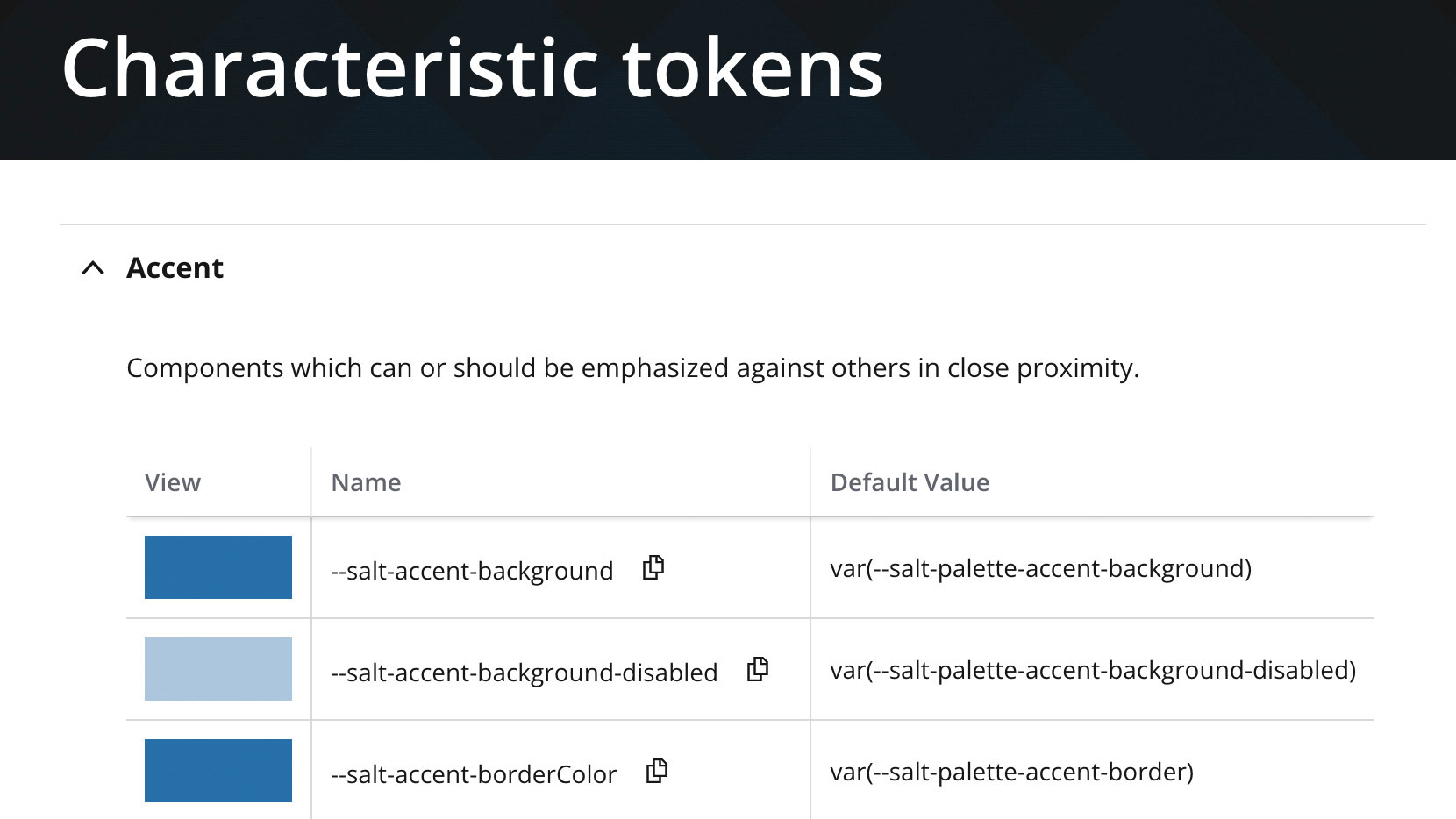I was recruited by J.P. Morgan as a product and design leader to own the strategy and delivery of a new design system. This became the Salt Design System, an open-source design system for financial services.
The Corporate Investment Bank (CIB) had a legacy design system called the UI Toolkit. This had >80% adoption across the organization. It was built on dated technology, and was increasingly difficult to maintain and support. The design system team had been discussing a new system for two years without delivery, and there was a perception issue about the reality of this new system.
- Shipped the first release of the Salt Design System within three months of my joining the company
- Moved to v1 production release within 12 months (mandated for net new delivery and approved for migration from legacy system)
- 35% adoption across CIB product teams, and 10% organic adoption across other areas of JPMC
- Reduced core design system team costs from $3.7M to $2.1M
- Increased ROI for design system users by 40%
I secured executive buy-in across business lines, establishing a federated model for design system migration, adoption, and contributions.


Flexible and theme-able
The Salt Design System needed to support transitions between different parts of the business (consumer/personal banking, commercial banking, asset and wealth management).
We built the system to have the configuration flexibility necessary for robust theming. This allowed us to support teams migrating from the legacy UI Toolkit, and also build coherence across several other design system offerings at JPMC.
- Defined a powerful token and configuration driven architecture
- Theming options to support coherence with; legacy UI Toolkit design system, Chase's Manhattan design system, Asset and Wealth Management's design system, etc
- Integrated the Commercial Bank's design system fully into Salt architecture, and deprecating the pre-existing solution






